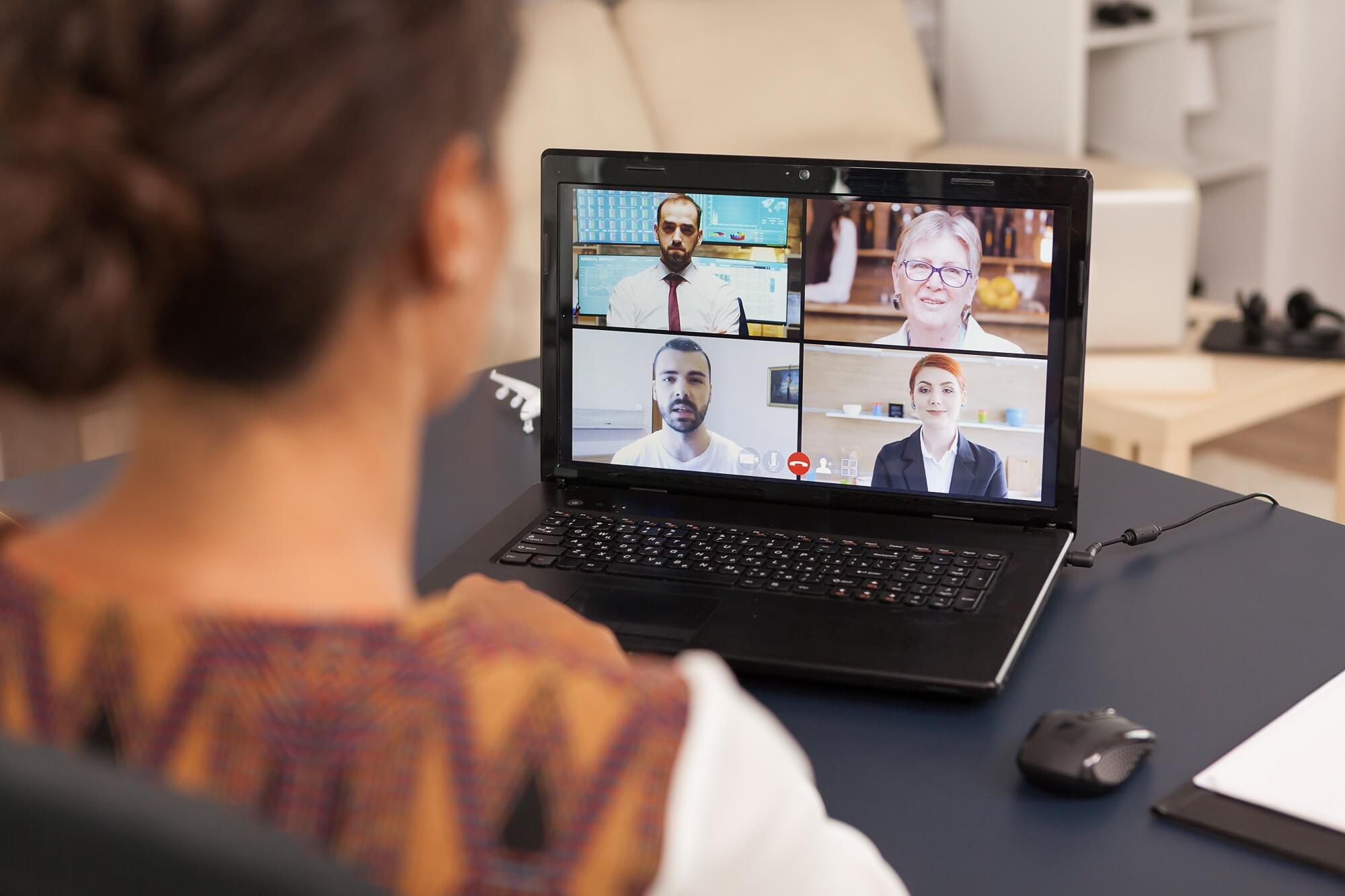- Virtual events are not as cost-intensive as physical events.
- They’re more accessible, easy to navigate and attend than physical events.

But Who’s Going To Attend a Virtual Conference?
Several marketers are reluctant in hosting virtual events as they fear that over half the attendees will be no show. Interestingly, the average no-show percentage for any Virtual event is just 35 per cent. Small gatherings are the most popular kind of virtual events. They are followed by networking and round table discussions. 87% of marketers feel that opportunities generated by a Virtual conference heavily contribute to the success of the event. Do you find these statistics uplifting? Are you thinking of going digital for your next event? We’ve prepared this comprehensive guide that highlights virtual events, mistakes and challenges faced by organisers. Read on to find out what these are and how to overcome them in your event.READ ALSO: ROLE AND IMPORTANCE OF EVENTS AS MARKETING TOOL FOR BUSINESSES
First Of All, What Are Virtual Events?
Any online event conducted via a platform where hosts interact with attendees is a virtual event. Webinars, behind-the-scene tours, conference, workshops, training, courses, and meetups are all virtual events. Zoom Meetings and Microsoft Teams are the most common platforms for organising virtual events.What Are The Ingredients For Hosting Successful Virtual Events?
Just like an in-person event, the success of any Virtual exhibition or conference is determined by:
- The objective behind organising the virtual event;
- Setting and managing the attendee expectations clearly and skilfully;
- Putting forth apt and engaging content; and
- Keeping sufficient time aside for questions and comments.
So, how do you ensure that your virtual event is glitch-free, engaging, and worth participants’ time?
By ensuring that the following things don’t happen.READ ALSO: WHAT TO CONSIDER WHEN PLANNING AN EVENT WITH CORPORATE EVENT PLANNERS
Common Virtual Events Mistakes And Their Fixes To Make Your Event A Smashing Success
1: Mind the Attendance
The biggest concern of organisers is the no-show, especially in virtual events that have low prices or free entry. The reason behind this is – many people sign up for such events just to receive a video recap. So, they want the recording, but can’t be bothered to attend the live event. You might be thinking, what’s problematic about that? My registrations were still on the higher side. This is not an issue in the long run. However, it certainly dulls engagement during the event. To prevent this from happening, registrants should have an incentive to join your event. Solution: When registrations for your event are open, schedule pre-event engagement sessions. These could be networking events, one-on-one sessions with experts, or team-building exercises. Such activities are excellent ways to drive real-time traffic on the day of the event. You can begin this as early as 3 to 4 days before the event. Use good old email marketing to keep registrants aware of day-to-day happenings leading up to the event. A live event means to travel, tickets, and hotel bookings, and these elements are missing in virtual events. So, make sure to deploy a creative engagement strategy with emails, text reminders, or maybe social media pings to remind registrants on a weekly basis.2: Internet Can Make Or Break Your Event
Nobody ever talks about events with frozen screens, broken sentences, and slow file uploads. You must make sure that your speakers have a stable internet connection and some kind of backup to avoid last-minute hang-ups. Solution: Ask your speakers to familiarise themselves with mobile hotspot connections. You can also ask them to plug directly into router with an ethernet cable for best results. Joining in through a phone should be the last resort. In the worst-case scenario where bandwidth suddenly drops low, ask the speaker to turn off their video and just use audio. This is the quickest fix.3: Can You Hear Me
Unclear sound is second of the two major virtual events mistakes that are a turn off for participants. A distorted sound is very frustrating and is very difficult to troubleshoot. Common problems include incorrect audio connections, lousy microphones, and unstable Bluetooth connectivity. Solution: Keep an eye on wireless microphones and headphones. Most of the times a wireless device is connected but the speaker has forgotten about it. Make sure to run a sound check with every speaker before their slot. Ask them what they’re planning to use for communicating with the audience and urge them to stick to it. Last-minute changes create maximum confusion.
Leave a Comment